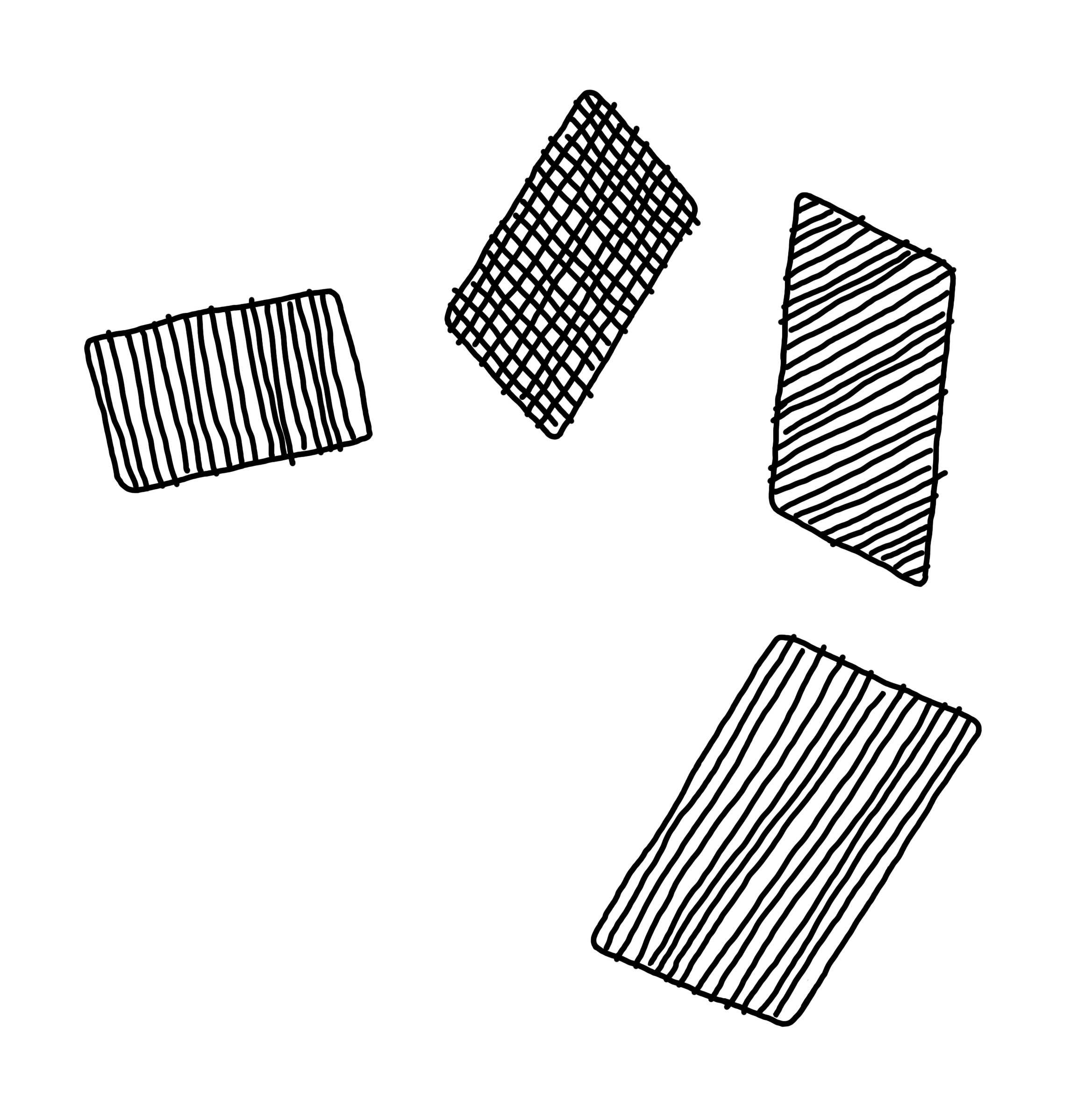TOOL’S CATEGORY:
collective articulation communication entanglement generating intimacy game operating from care resilience value system
RANDOM CARDS
DESCRIPTION:
Game dynamics are used to start conversations and exchanges about a specific topic, and to collectively establish a common vocabulary among individuals in a group, organisation or project.

INSTRUCTIONS:
The first step is to define a number of initial concepts or ideas related to the topic around which the group/project has been formed. Each of these concepts/ideas will be written or will be represented by an image, a word or any other element, on pieces of cardboard or paper that will then work as cards. With these cards, different dynamics can be put forward. For example, a random cards dynamic, where each person takes a card and explains their relationship and approach to the concept appearing on the card, thus opening a space for dialogue and exchange. Another dynamic may be to work by categories – in this case, it could be useful to create some mats, each one of them standing for the categories around which the concepts will be gathered.
YOU WILL NEED:
Coloured paper or cardboard, marker and/or printer, scissors. Images can also be used.
TIPS / CAVEATS:
It may be very useful to use games to encourage an exchange between individuals and break the ice in co-creation processes. However, there might be participants who see games as a childish activity and at first could be difficult for them to share the proposed dynamics. Therefore, it is important to keenly facilitate and mediate at the beginning of the game, until all participants feel comfortable.
FUNCTION IN TE( N ) CUIDADO:
We have used the card game as a presentation tool among participants in each Catalyst work group, and also in the development of a shared vocabulary among them. At times, these card dynamics have originated glossaries (Gozadera’s Random Cards and ERTE Glossary) in relation to the topics dealt with by each Catalyst.